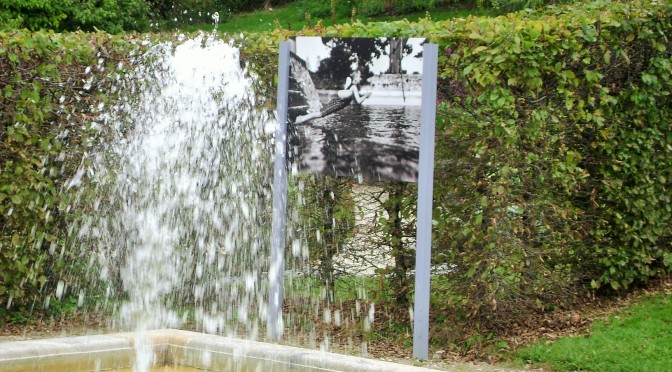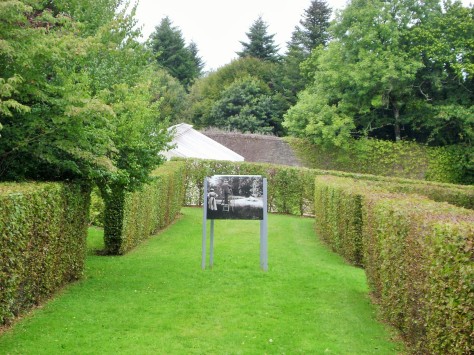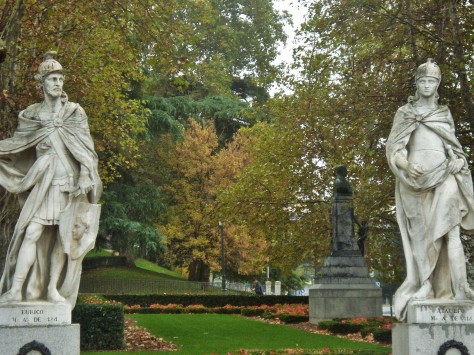The castle of Trevarez near Chateauneuf du Faou in northern Brittany, France, is one of the last great castles built in France. Construction began in 1892 for a French politician and brought together all the faste and excess of the Belle Epoque, frescoes, carvings, marble, mosaics, ornate panels and fireplaces.
It is often referred to as the pink or red castle, because of the pink color it gets from the bricks used. It was unfortunately bombed in the 1940s, and has not been occupied since, but it is being renovated by the government who purchased it in the 70s.
The gardens were neglected as well for many years and have been slowly brought back to their original glory, one area at a time. The grounds are extensive, with stables, a large wash house, theme gardens, formal gardens and much more.
In this post, I am featuring one of my favorites of the Trevarez gardens, the Italian garden. It features a pond and grotto, a row of unusual fountains, and a lawn all along the side with a small water canal leading to the stairs going to the Romantic Garden. The Italian Garden is just to the side of the castle.


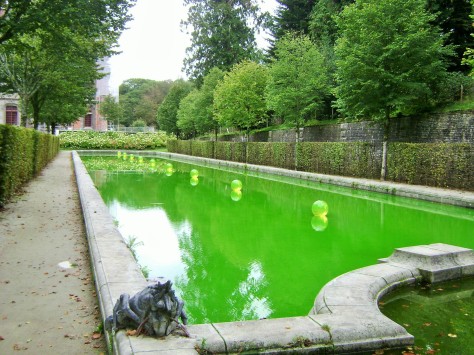
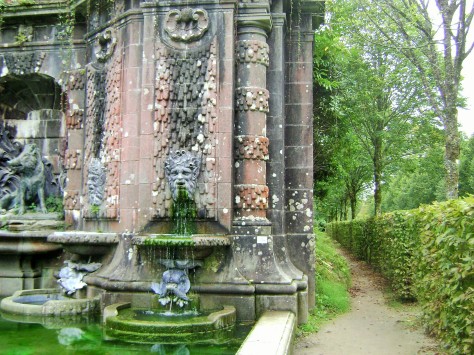



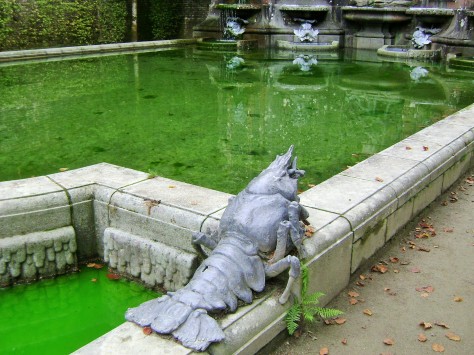




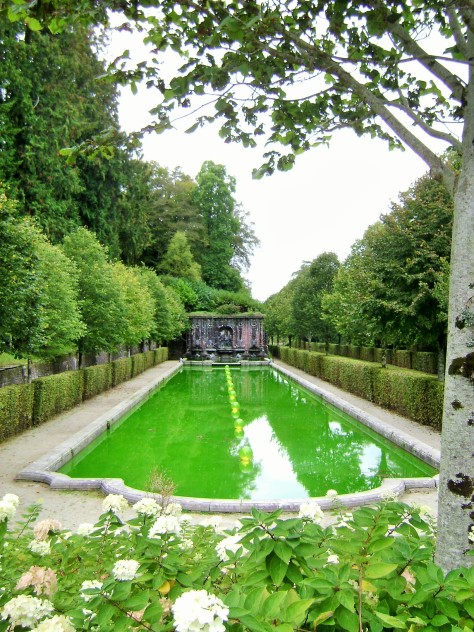







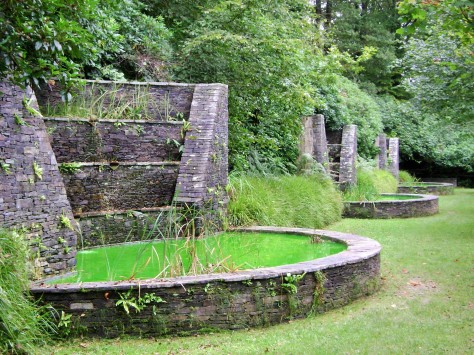



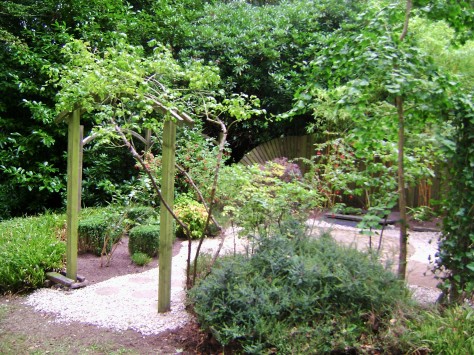


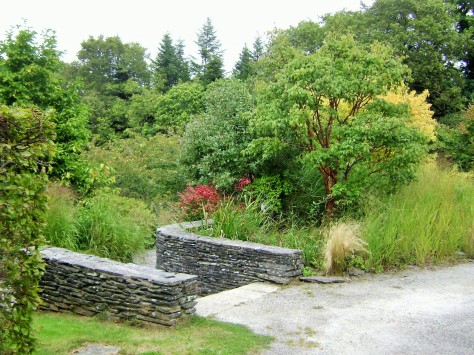



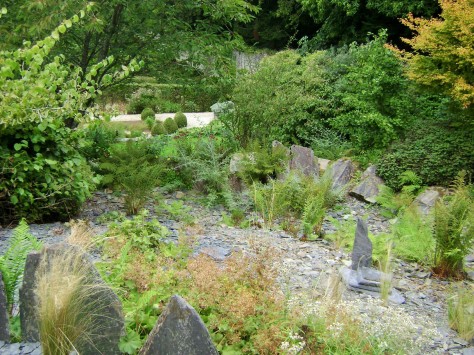

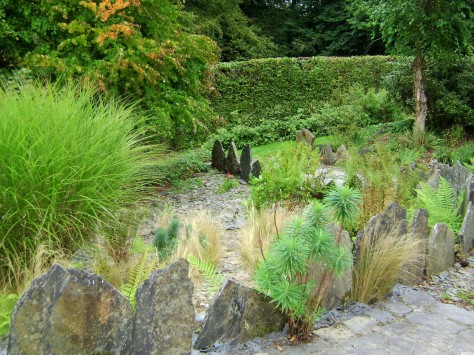
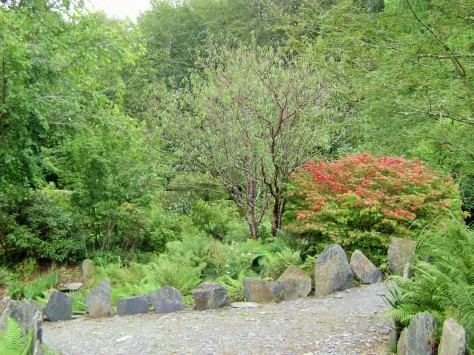
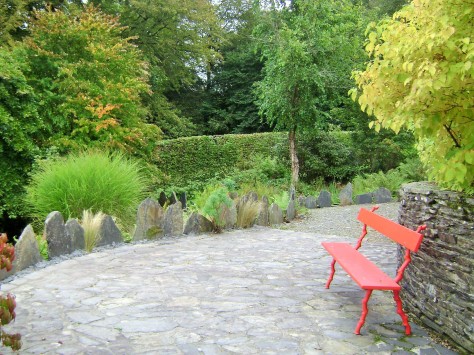





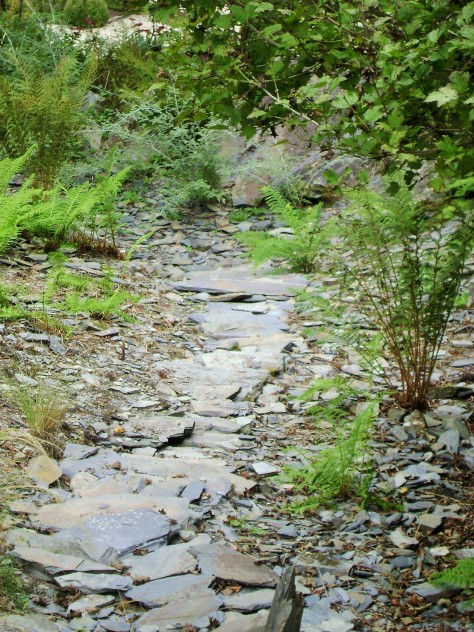

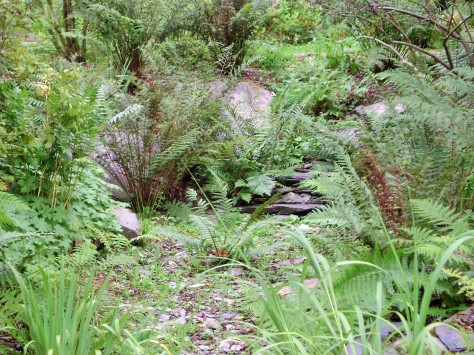


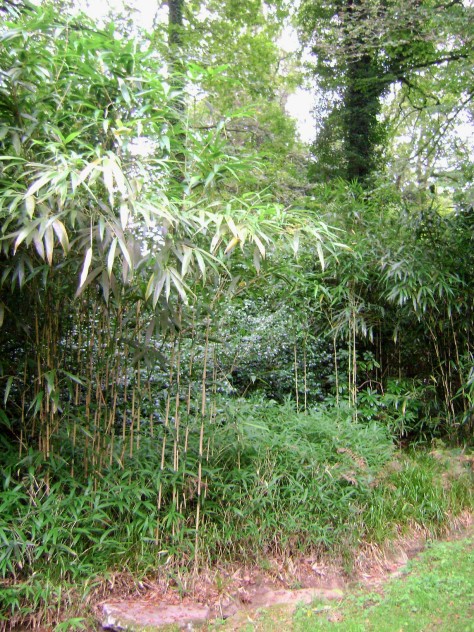








































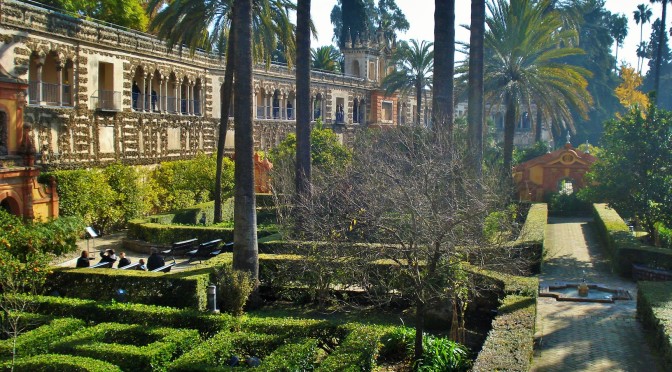










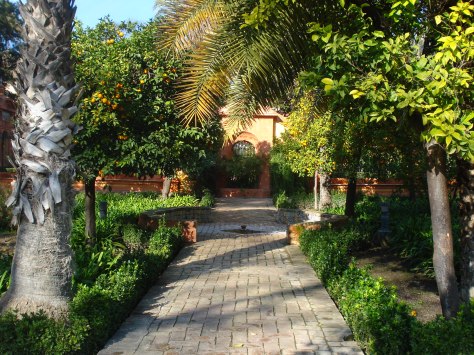























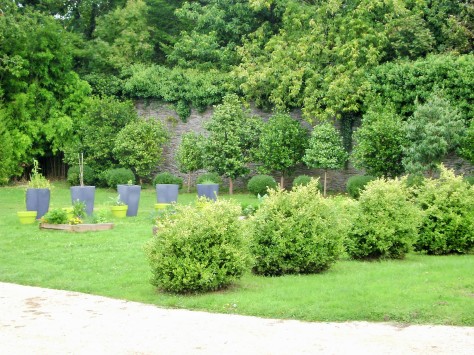

 The gardener’s cottage and annex has a lean in hothouse that was used at the time for exotic plants and hothouse flowers.
The gardener’s cottage and annex has a lean in hothouse that was used at the time for exotic plants and hothouse flowers.











